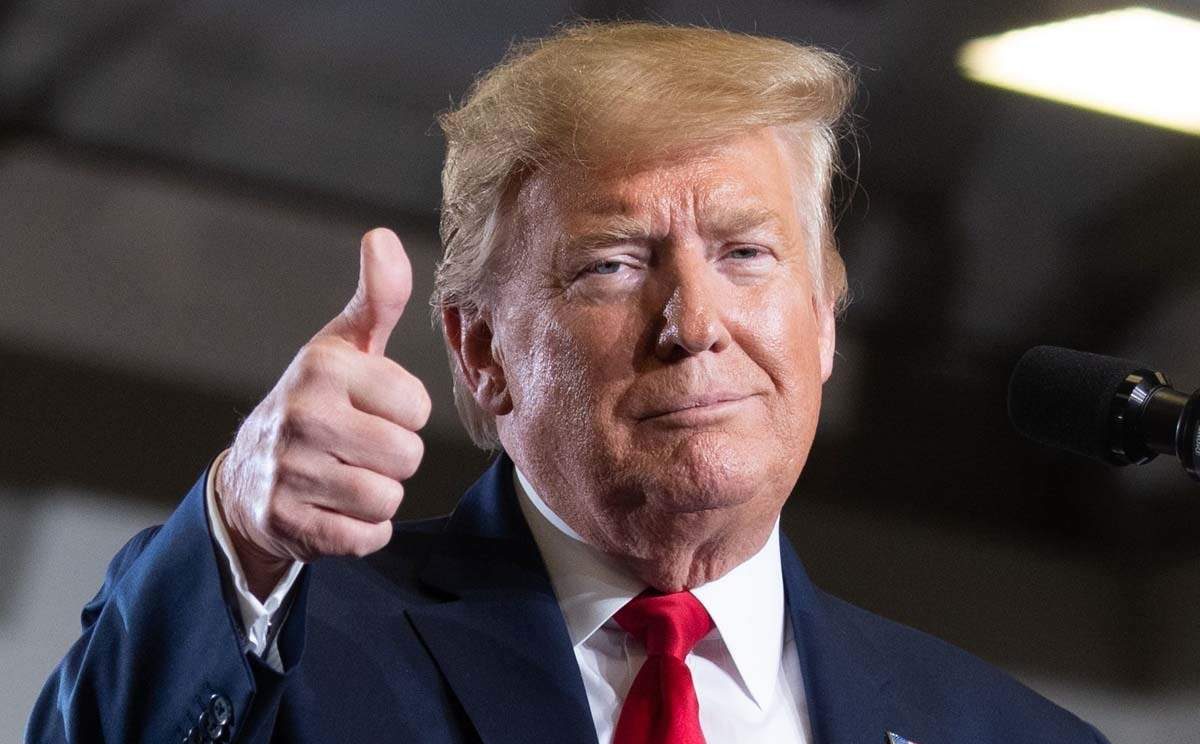Insider Trading Scandal: Meme Coins Surge After Trump Assassination Attempt
18.07.2024 10:30 1 min. read Alexander Stefanov
Following the July 13 assassination attempt on Donald Trump, the cryptocurrency market saw a surge in meme coins like $FIGHT.
This sudden interest allowed some crypto insiders to turn an initial investment of around $5,000 into over $7 million, effectively outmaneuvering regular traders.
Lookonchain revealed this insider trading activity on the Ethereum network, showcasing the risks prevalent in the crypto market. The firm identified 24 wallets linked to insiders or developers based on their suspicious trading patterns.
These wallets collectively spent 1.5 ETH (about $4,864) to purchase 378.45 million $FIGHT tokens, representing 37.8% of the total supply, all before the token was publicly traded.
By the time of Lookonchain’s report, these wallets had sold off 261.6 million $FIGHT tokens, holding onto 116.8 million, with an unrealized profit of $7.36 million based on the current token value.
This event highlights how crypto insiders often exploit market conditions and retail traders by launching meme coins and other questionable schemes, leveraging market hype and information asymmetry.
-
1
Bitcoin Holds Above $100K, But Analyst Sees Trouble Brewing
07.06.2025 17:00 1 min. read -
2
Is a New Altcoin Cycle Brewing in 2025?
13.06.2025 12:00 1 min. read -
3
Pi Token Squeezes Higher After Brief Collapse—Path to $10 Still Murky
16.06.2025 14:00 1 min. read -
4
South Korea’s New President Pushes for Domestic Stablecoins
11.06.2025 16:00 2 min. read -
5
SEC Postpones Decision on Franklin Templeton Ethereum ETF Staking Proposal
17.06.2025 8:00 1 min. read
Top Trending Cryptocurrencies Today
As crypto markets navigate another week of volatility and shifting sentiment, traders are increasingly turning their attention to emerging altcoins and high-momentum tokens.
First-Ever Staked Crypto ETF Set to Launch in the U.S. This Week
A new milestone in cryptocurrency investment products is set to unfold this Wednesday, as REX Shares prepares to launch the first-ever U.S.-listed staked crypto exchange-traded fund (ETF), according to a company announcement shared on X.
XRP Price Prediction: Can XRP Hit $4 After XRPL EVM Sidechain Launch?
XRP (XRP) has gone up by 1.2% in the past 24 hours but, behind that mild price increase, there has been a significant spike in trading volumes. During this period, $2.4 billion worth of XRP has exchanged hands, representing an 83% increase. Just hours ago, Ripple announced the official launch of its Ethereum-compatible sidechain called […]
Ethereum Launches Onchain Time Capsule to Mark 11th Anniversary in 2026
A community-driven initiative launched Monday is inviting Ethereum users to lock art, memories, and personal messages inside a decentralized “time capsule,” set to be opened on the network’s 11th anniversary next year.
-
1
Bitcoin Holds Above $100K, But Analyst Sees Trouble Brewing
07.06.2025 17:00 1 min. read -
2
Is a New Altcoin Cycle Brewing in 2025?
13.06.2025 12:00 1 min. read -
3
Pi Token Squeezes Higher After Brief Collapse—Path to $10 Still Murky
16.06.2025 14:00 1 min. read -
4
South Korea’s New President Pushes for Domestic Stablecoins
11.06.2025 16:00 2 min. read -
5
SEC Postpones Decision on Franklin Templeton Ethereum ETF Staking Proposal
17.06.2025 8:00 1 min. read


